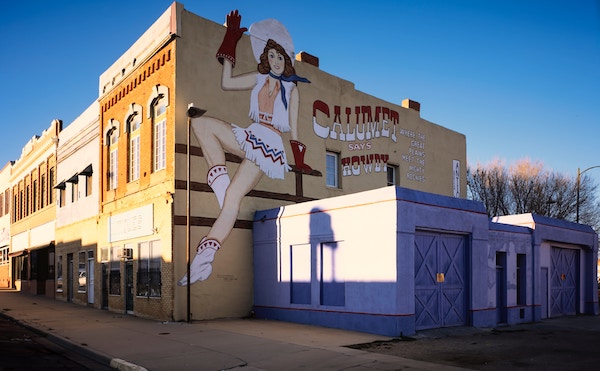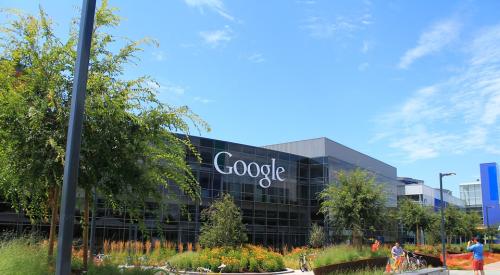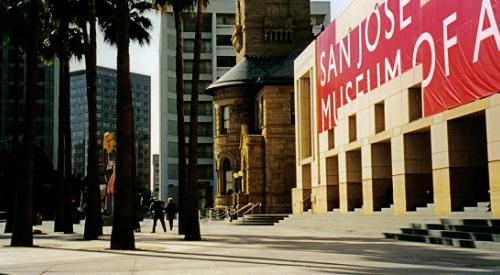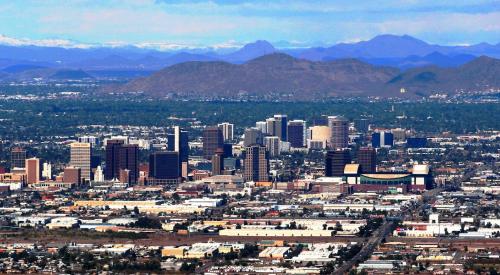There’s no shortage of experts compiling lists of the "Best Places to Live" based on quality of life, walkability, sustainability, you name it. Jed Kolko, chief economist for Indeed. com, crunched data and identified places where salaries stretch the furthest so workers and families have the most money left to do stuff like go out for dinner or actually save for a rainy day fund.
Kelko’s analyzed data covering all 185 U.S. metros with a population of at least 250,000. While tech hubs like the San Francisco Bay area pay the highest salaries they suffer from expensive housing costs and the unaffordability of most everything. Kelko finds that workers do better in smaller metros. Among the towns where adjusted salaries are highest are Brownsville-Harlingen, Texas; Fort Smith, Ark.; Toledo, Ohio, and Rockford, Ill.
Kelko also breaks down metros with more than 1 million people where salaries stretch further. He notes, however, that there is a glaring inequality between highly paid tech workers and finance types and everyone else.
This can be explained in terms of the divergence between worker and corporate interests. As Kelko frames it, even though workers, or at least most workers, are better off financially in smaller cities, companies are willing to pay significantly more for certain kinds of talent that is located in big cities. While workers and people care about the amount of the money they have left over to live on after paying for their housing, companies care about where they can find the talent they need.
It’s this basic conundrum that lies at the root of the growing geographic inequality, within and across places, that divides America today.













